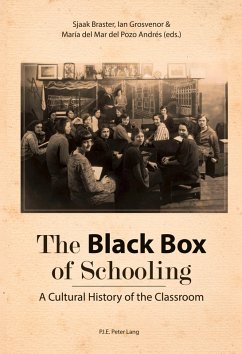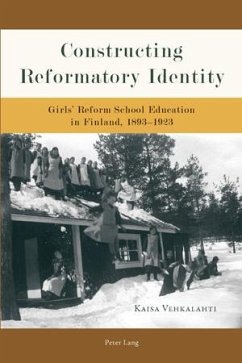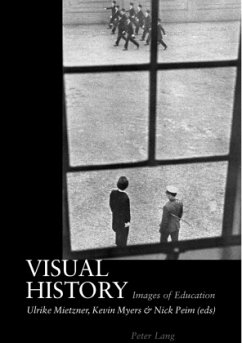
The University in the Making of the Welfare State
The 1970s Degree Reform in Finland
Versandkostenfrei!
Versandfertig in 6-10 Tagen
61,95 €
inkl. MwSt.

PAYBACK Punkte
0 °P sammeln!
In just a couple of decades, Finland evolved from one of Europe's lowest educated countries to the top performer of the international PISA ranking. Behind this "success story", there was a conscious strategy to use educational policies for creating a more equal society. Tracing the development of Finnish higher education system after WWII, this book depicts the role of educational expansion in the making of the welfare state. It focuses on the 1970s degree reform and the challenges brought by the 1973 Oil Crisis, resulting in the rise of New Public Management. Though meticulously planned, the ...
In just a couple of decades, Finland evolved from one of Europe's lowest educated countries to the top performer of the international PISA ranking. Behind this "success story", there was a conscious strategy to use educational policies for creating a more equal society. Tracing the development of Finnish higher education system after WWII, this book depicts the role of educational expansion in the making of the welfare state. It focuses on the 1970s degree reform and the challenges brought by the 1973 Oil Crisis, resulting in the rise of New Public Management. Though meticulously planned, the reform was a struggle between various actors with conflicting strategies and goals; between educational optimism and scarce resources, academic values and instrumentalism, social justice and elitism.












